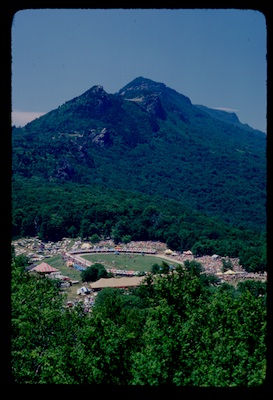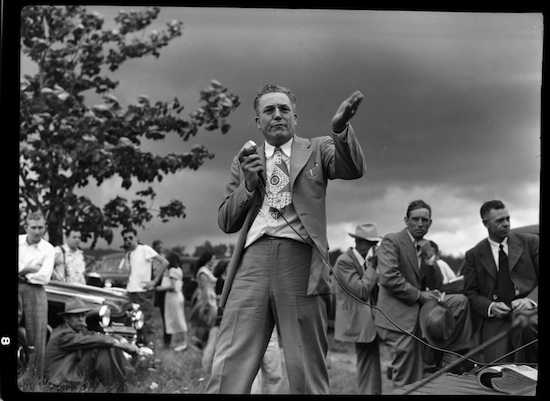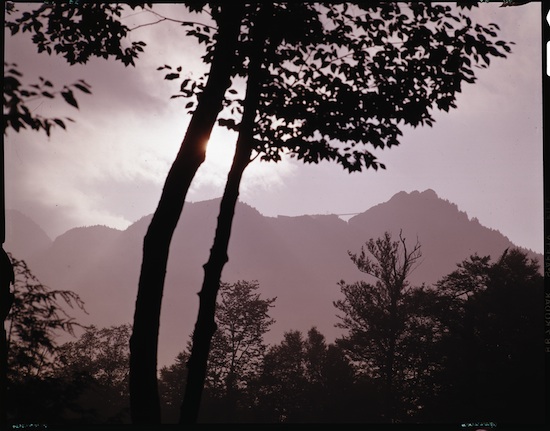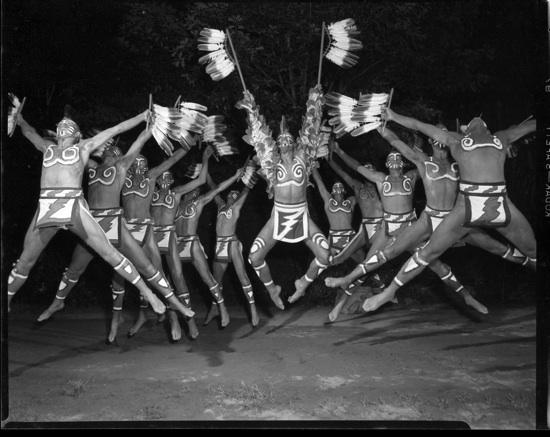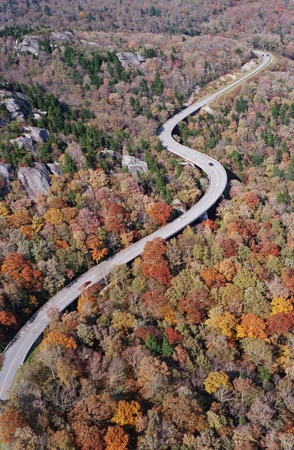 It is with both sadness and relief that I announce the final installation of our Worth 1,000 Words essay project . . . sadness because I’ve so enjoyed each new essay and the varying perspectives our authors have brought to the Morton collection, and relief because, wow, this has been a lot of work! (I have a whole new respect for editors/publishers).
It is with both sadness and relief that I announce the final installation of our Worth 1,000 Words essay project . . . sadness because I’ve so enjoyed each new essay and the varying perspectives our authors have brought to the Morton collection, and relief because, wow, this has been a lot of work! (I have a whole new respect for editors/publishers).
But perhaps the sun hasn’t gone down for the last time on this project. All along, our intention with these essays has been to demonstrate the usefulness of Hugh Morton’s images beyond their obvious value as “pretty pictures.” As we stated in our original grant proposal to the North Carolina Humanities Council:
“Photographs are rich primary sources in themselves, full of historical detail, and as visual records, offer immediacy not available through text — a direct visual link to the past. Photography is also, of course, an art, one of which Hugh Morton was a master. The beautiful and communicative documents he created hold almost endless possibility for study, research, and exhibition. They also contain great potential for educational use at all levels, from grade school to graduate school.”
We heartily encourage researchers, journalists, students, teachers, history buffs, etc. to take up the mantle of our Worth 1,000 Words authors and continue to put Morton’s photos to work in the creation of new knowledge. We hope to find ways to encourage that in the future, e.g., through collaborations with media outlets and educators (here on UNC campus and/or in the public schools). We’d love to hear your ideas on ways to accomplish this.
And now to the final essay, entitled The Grandfather Backcountry: A Bridge Between the Past and Preservation, written by RANDY JOHNSON, the originator of Grandfather Mountain’s trail system. In this essay, Johnson provides his first-hand, behind-the-scenes perspective on the changing attitudes towards managing and providing public access to Grandfather’s backcountry. Combining Johnson’s piece with four of our other essays, by Drew Swanson, Anne Whisnant, Richard Starnes, and Alan Weakley, provides a fascinating, nuanced analysis (from multiple, sometimes conflicting perspectives) of the complex balancing act between profit and conservation at “Carolina’s Top Scenic Attraction.”
I’ll conclude with a final plug for our second (and last) Worth 1,000 Words event in Boone on Tuesday, August 10, which will feature both Johnson and Starnes. Come on out!
Tuesday, Aug. 10, 5:30 p.m.
Watauga County Library, Boone
Information: Evelyn Johnson, ejohnson@arlibrary.org, (828) 264-8784
![]() We’re very pleased to announce that nine of our Worth 1,000 Words essays are now included as part of the online educational offerings of LEARN NC, a well-respected teaching and learning resource program from the UNC School of Education. The essays are part of North Carolina History: A Digital Textbook. Here’s the description from their website:
We’re very pleased to announce that nine of our Worth 1,000 Words essays are now included as part of the online educational offerings of LEARN NC, a well-respected teaching and learning resource program from the UNC School of Education. The essays are part of North Carolina History: A Digital Textbook. Here’s the description from their website:

